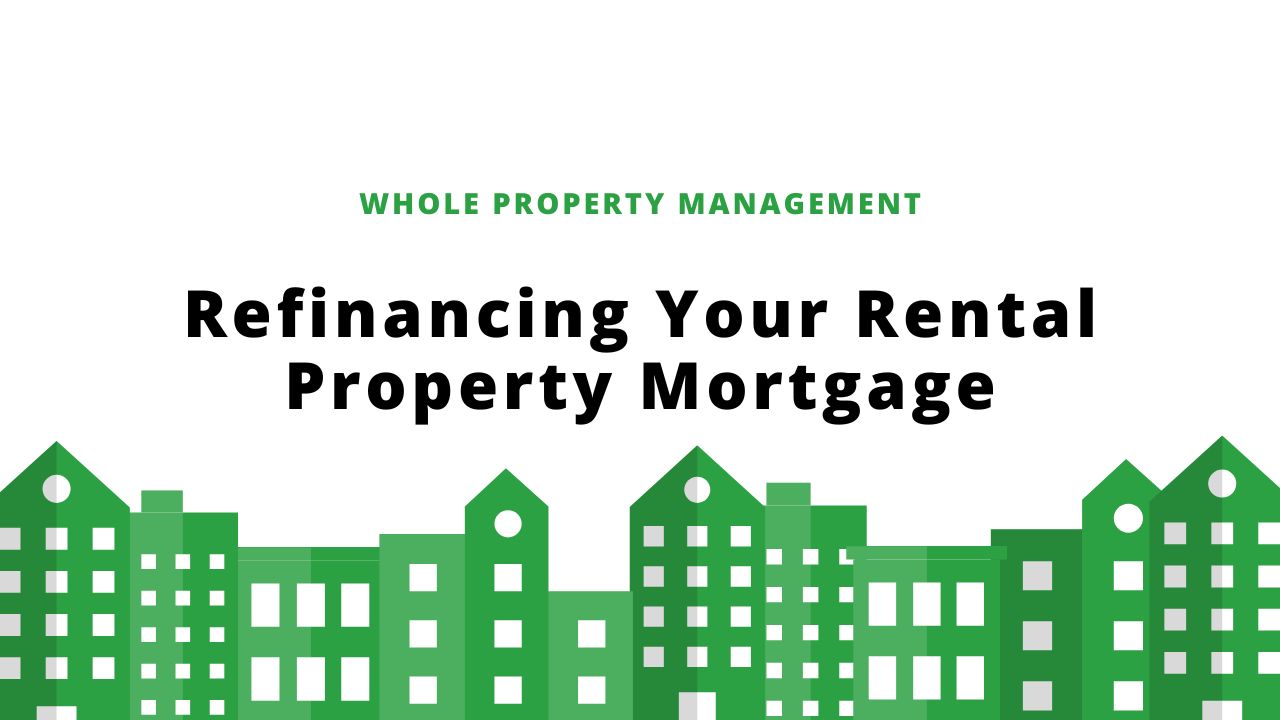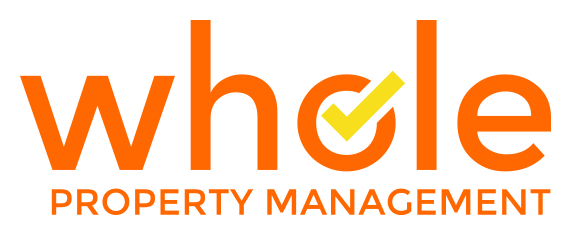Refinancing Your Rental Property Mortgage

Key Takeaways
- Reduce Expenses and Improve Cash Flow: Refinancing can lower your interest rate or shorten loan terms, saving you money on monthly payments and boosting your rental income.
- Unlock Equity for Growth: If your property value has increased, cash-out refinancing lets you access funds to pay debts, invest in upgrades, or buy more properties.
- Refinance at the Right Time: To maximize benefits, refinance when interest rates drop, your credit score is strong, and you have sufficient equity—plus prepare documents and compare lenders carefully.
One word often associated with financial planning, accounting, or complex mortgage documents can have a significant impact on your rental property’s profitability: refinancing.
While it may sound intimidating to new landlords, seasoned property owners understand its potential to reduce costs, improve cash flow, and strengthen long-term investment strategies.
Refinancing a rental property can be a powerful tool—when used correctly. It’s important to understand how the process works, when it’s the right time to refinance, and whether it aligns with your financial goals.
In this guide from Whole Property Management, we’ll break down the essentials of rental property refinancing to help landlords make informed decisions.
What Is Refinancing?
The term refinancing means replacing the current mortgage you have with a new one that has better terms and smarter conditions. Here you apply for a new mortgage, get approval, and start making payments.
The proceeds you receive from the new loan is what you will use to pay off the old one. This may look simple theoretically but it entails a lot of administrative work in the real sense.
The Benefits of Refinancing Your Rental Property Mortgage
Many landlords may overlook the full range of benefits that come with refinancing a rental property.
However, the right refinancing strategy can align with your investment goals, enhance long-term financial performance, and increase your rental income.
1. A Lower Interest Rate
You can negotiate for a lower interest rate with your new mortgage. And this will mean saving more money from monthly mortgage payments.
For instance, if your original loan was $300,000 at 6% and you recently qualified for a 3.5% interest rate with the new mortgage.
This will mean hundreds of dollars every month and thousands of dollars throughout the lifespan of the loan. The money you save from this will be enough to perform more upgrades, maintenance and repairs, or even invest in another property.
2. Modify or Switch Loan Terms
Refinancing your rental property can help you pay faster for the property. You can use this opportunity to switch to a shorter loan term (example from 30 years to 20 years).
Although the monthly repayments will be higher, you will save more on interest. That is because interest rates are higher if the loan term is longer and lower when the loan term is shorter.
3. Cash Out From Refinancing
It is possible that the value of your rental property has increased over time and you are repaying the mortgage. Let’s say your property is now worth $350,000 and you are owing $200,000. You can refinance at a 75% loan-to-value.
That means a payment of $262,000 for the property. You can use $200,000 from this money to offset your previous loan and pocket (walk away) with the difference of $62,000.
You can use this cash to;
- Settle debts that have high interest
- Create your emergency fund
- Purchase another property
- Upgrade and increase rents
However, you need to ensure that the deal makes sense in actual practice because this can increase your loan amount and the monthly repayment.
4. Change The Type of Loan
You can use this opportunity to change from adjustable-rate mortgage (ARM) to fixed rate mortgage.
If you were earlier attracted to ARM because of the initial lower rates and it later skyrocketed, you can refinance to a fixed-rate mortgage for more predictability and easy planning.
5. Remove a Partner or Co-Borrower
Life is unpredictable, so anything can happen. It could come as disagreements, divorces, shifts in partnership and so on.
Refinancing is the best way to go about it. It will help you obtain a fresh loan in your company name and the former mortgage will be erased.
When You Should Refinance Your Rental Property
The best time you may consider refinancing is when you notice the following signs;
- The present loan has higher fees and the terms are not favorable
- Your credit score is better
- Your equity is now bigger (at least 25% to 30%)
- The interest rate has dropped by 0.5 to 1.0%
- You intend to keep the property for a long term
How to Prepare For Refinancing
Refinancing is not as simple as walking into the bank and coming out with lower rates. You will need to do some preparations and homework.
Here are some steps you should take;
Know Your Present Financial Status
To start the process, you will need to know your present numbers. Look out for; remaining term, rental income, expenses (maintenance, insurance, taxes, and so on), loan balance, monthly payments and interest rate.
All these will serve as a baseline to guide you when comparing offers for the best deal.
Check Your Credit Score
Take note of your current credit score and correct errors where possible. Settle some debts and avoid taking ones before going for a refinancing.
Estimate the Current Value of Your Property
Get a current appraisal of the property. This will help you to know if the property’s value has increased or decreased. If the value has increased, you can proceed. However, you will need to apply caution if the value drops. That is because you will be at the losing end.
Gather Your Documents
When you go for refinancing, they will need the following documents;
- Mortgage statements
- 2 years tax returns
- Property management records (where applicable)
- W-2s or 1099s
- Lease or rental agreement
- Bank statements
Keep them ready so you can speed up the process.
Research For The Best Deals
It would be best to compare at least 3 offers before choosing the best deal. You may consider the following lenders; mortgage brokers, local credit unions, your bank, online lenders, etc.
Most of these lenders differ in their fees, rates, and perks. Ensure you compare processing time, prepayment penalties, rate lock periods, and closing costs.
Note The Numbers
You can use online refinancing calculators to check if it will be beneficial.
Ask about the following;
- What will be your break even point? (Closing costs/Monthly savings)
- Will it improve your monthly cash flow?
- Will it be profitable if you sell it within 3 to 5 years?
Bottom Line
When properly planned and executed—with all required documents in order and timely appraisals—refinancing a rental property typically takes between 30 to 45 days.
By refinancing at the right time and under favorable terms, landlords can enhance profitability, expand their investment portfolio, reduce monthly expenses, and unlock capital for further growth.
If you’re ready to explore how refinancing can benefit your rental property, contact Whole Property Management today to discuss your options and get expert guidance tailored to your investment goals.
